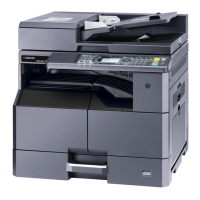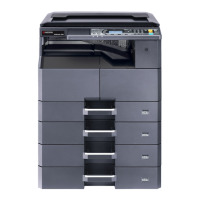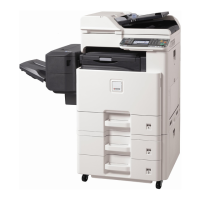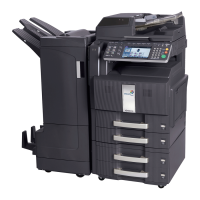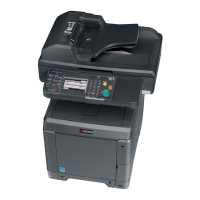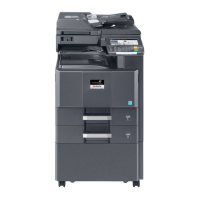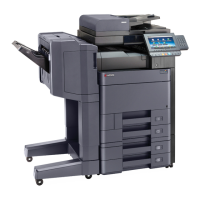10-22
Appendix > Glossary
Subnet Mask
The subnet mask is a way of augmenting the network address section of an IP address. A subnet mask represents all
network address sections as 1 and all host address sections as 0. The number of bits in the prefix indicates the length of
the network address. The term "prefix" refers to something added to the beginning and, in this context, indicates the first
section of the IP address. When an IP address is written, the length of the network address is indicated by the prefix
length after a forward slash (/). For example, "24" in the address "133.210.2.0/24". In this way, "133.210.2.0/24" denotes
the IP address "133.210.2.0" with a 24-bit prefix (network section). This new network address section (originally part of
the host address) made possible by the subnet mask is referred to as the subnet address. When you enter the subnet
mask, be sure to set the "DHCP" setting to "Off".
TCP/IP (Transmission Control Protocol/Internet Protocol)
TCP/IP is a suite of protocols designed to define the way computers and other devices communicate with each other
over a network.
TCP/IP (IPv6)
TCP/IP (IPv6) is based on the current Internet protocol, TCP/IP (IPv4). IPv6 is the next-generation Internet protocol and
expands the available address space, which resolves the problem of the lack of addresses under IPv4, while also
introducing other improvements such as additional security functionality and the capacity to prioritize data transmission.
TWAIN (Technology Without An Interesting Name)
A technical specification for connecting scanners, digital cameras, and other image equipment to computers. The
TWAIN compatible devices enable you to process image data on any relevant application software. TWAIN is adopted
on a large amount of graphic software (e.g. Adobe Photoshop) and OCR software.
USB (Universal Serial Bus) 2.0
A USB interface standard for Hi-Speed USB 2.0. The maximum transfer rate is 480 Mbps. This machine is equipped with
USB 2.0 for high-speed data transfer.
WIA (Windows Imaging Acquisition)
A function to import images supported after Windows Me/XP from digital cameras and other peripheral devices. This
function replaces what TWAIN used to do. The feature is provided as a part of Windows functions and improves ease of
operation, so that you import images directly to My Computer without using any application.
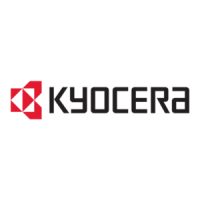
